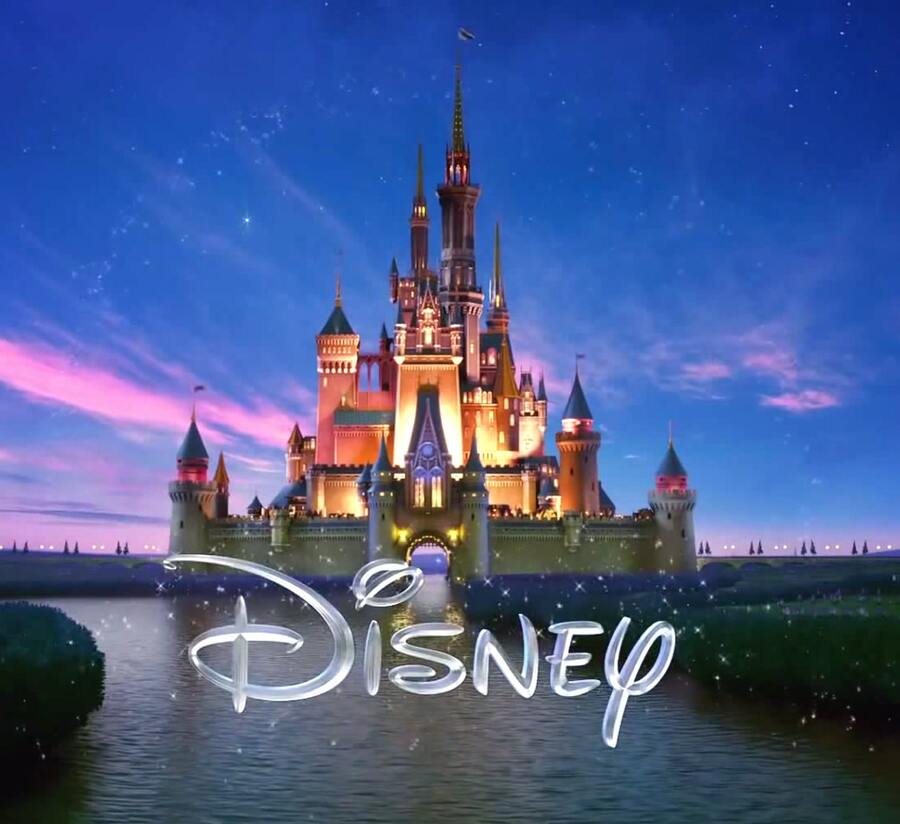The Walt Disney Company, founded in 1923, has evolved from a modest animation studio into a global entertainment powerhouse. A significant aspect of this transformation has been its strategic mergers and acquisitions (M&A), enabling Disney to expand its content library, technological capabilities, and market reach. This article delves into Disney’s notable M&A activities, highlighting key acquisitions, their financial details, successes, challenges, and the strategic rationales behind these decisions.
Key Acquisitions:
- Capital Cities/ABC Inc. (1996)
-
- Acquisition Price: $19 billion
- Strategic Rationale: This acquisition provided Disney with a vast network of television and media assets, including the ABC Television Network and an 80% stake in ESPN. It marked Disney’s significant entry into broadcast television and expanded its media footprint.
- Pixar Animation Studios (2006)
-
- Acquisition Price: $7.4 billion
- Strategic Rationale: Disney aimed to revitalize its animation division by integrating Pixar’s innovative technology and storytelling prowess. The merger combined Disney’s rich history with Pixar’s cutting-edge computer animation, leading to a renaissance in animated films.
- Marvel Entertainment (2009)
-
- Acquisition Price: $4 billion
- Strategic Rationale: By acquiring Marvel, Disney gained access to a vast universe of characters, enabling the creation of the Marvel Cinematic Universe (MCU). This move diversified Disney’s portfolio and attracted a broader audience, leading to a series of blockbuster films.
- Lucasfilm Ltd. (2012)
-
- Acquisition Price: $4.05 billion
- Strategic Rationale: The acquisition brought the iconic “Star Wars” and “Indiana Jones” franchises under Disney’s umbrella. Disney leveraged these franchises across films, merchandise, and theme park attractions, significantly enhancing its content offerings.
- 21st Century Fox (2019)
-
- Acquisition Price: $71.3 billion
- Strategic Rationale: This monumental deal expanded Disney’s content library, including assets like 20th Century Fox, FX Networks, and a controlling stake in Hulu. It positioned Disney to better compete in the streaming landscape and broadened its international reach.
- Hulu (2023)
-
- Acquisition Price: $8.6 billion
- Strategic Rationale: By acquiring Comcast’s remaining 33% stake, Disney became the sole owner of Hulu. This move complemented Disney’s streaming strategy, providing a platform for more mature content alongside Disney+.
Successes and Challenges:
-
Successes:
-
- Marvel and Lucasfilm: Post-acquisition, both Marvel and Lucasfilm delivered a series of high-grossing films. The MCU became a cultural phenomenon, and new “Star Wars” installments reinvigorated the franchise, generating substantial box office returns and merchandise sales.
- Pixar Integration: The merger led to critically acclaimed films like “Up,” “Inside Out,” and “Coco,” reaffirming Disney’s dominance in animated storytelling.
-
Challenges:
-
- 21st Century Fox Integration: The sheer scale of this acquisition presented integration challenges, including layoffs and restructuring. Additionally, some Fox properties underperformed, prompting strategic reassessments.
- Miramax Films (1993): Acquired for $60 million, Miramax produced several acclaimed films. However, Disney sold Miramax in 2010 for $663 million, indicating challenges in managing the independent film space.
Recent Activity
In 2024, The Walt Disney Company engaged in significant mergers and acquisitions to bolster its position in the global media landscape. A notable development was the merger between Disney and Reliance Industries’ Indian media assets. This $8.5 billion deal received approval from India’s Competition Commission in August 2024, leading to the creation of India’s largest entertainment entity. The merger combined Disney’s Star India and streaming service Disney+ Hotstar with Reliance’s Viacom18 and JioCinema, resulting in a portfolio of 120 TV channels and two streaming platforms. This strategic move aimed to strengthen Disney’s presence in the rapidly growing Indian market and enhance its content offerings.
Additionally, in January 2025, Disney announced plans to acquire a 70% stake in FuboTV, intending to merge it with Hulu’s live TV service. The combined entity is expected to remain publicly traded, with Disney holding majority control. This acquisition aligns with Disney’s strategy to expand its streaming services and cater to a broader audience seeking live television content.
Strategic Decisions and Reasoning:
Disney’s M&A strategy has been driven by the desire to acquire valuable intellectual properties, enhance technological capabilities, and expand distribution channels. By integrating companies that offer unique content and innovative technology, Disney has maintained its competitive edge in the entertainment industry. These strategic decisions have allowed Disney to diversify its offerings, appeal to various demographics, and adapt to changing market dynamics.
Disney’s mergers and acquisitions have been pivotal in shaping its trajectory, transforming it into a diversified entertainment conglomerate. While not all acquisitions have been uniformly successful, the strategic intent behind these moves underscores Disney’s commitment to growth, innovation, and delivering compelling content to audiences worldwide.

